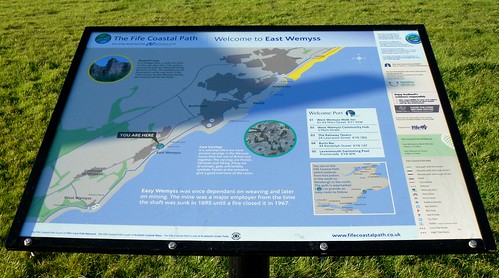
The Crossing Places by Elly Griffiths was published in 2010 and the setting is Norfolk.
Dr Ruth Galloway is an archaeologist, she lives in a cottage in Saltmarsh, a very remote area, she lives in one of only three cottages there. People can’t believe she wants to live in such a desolate place but it’s a special place for her, close to where there had been an important archaeological dig where a sacred henge had been found in the mud.
Ruth is asked by DCI Harry Nelson to examine some bones that have been found on the beach. It’s thought they might be the remains of a young girl who had disappeared ten years previously. Thankfully carbon dating proves that the bones are very ancient, but when another young girl disappears Ruth finds herself being dragged into danger.
This is the first book in a series and I’ll definitely be reading the next one. It’s the first book by Elly Griffiths and my only gripe is that she didn’t quite distance herself enough from reality. There is mention of Time Team, inevitably where archaeology is concerned and the author gave two of the archaologists the same names as the main guys in Time Team – Phil and Mike, okay it’s Mick in Time Team, but one has wispy red hair and hat, I’m sure you recognise him if you’re a Brit, we’ve all become armchair archaeologists through that programme. There’s also a druid in flowing robes and I certainly remember him turning up on Time Team and rightly complaining about their lack of respect for the ancestors. Thankfully nobody was wearing a crazy striped jersey. She also obviously got her idea for the book from the news too, something writers often do, I must admit.
If you are in the US or somewhere else that doesn’t have Time Team you might be able to get a glimpse of it below, but it may be blocked.






